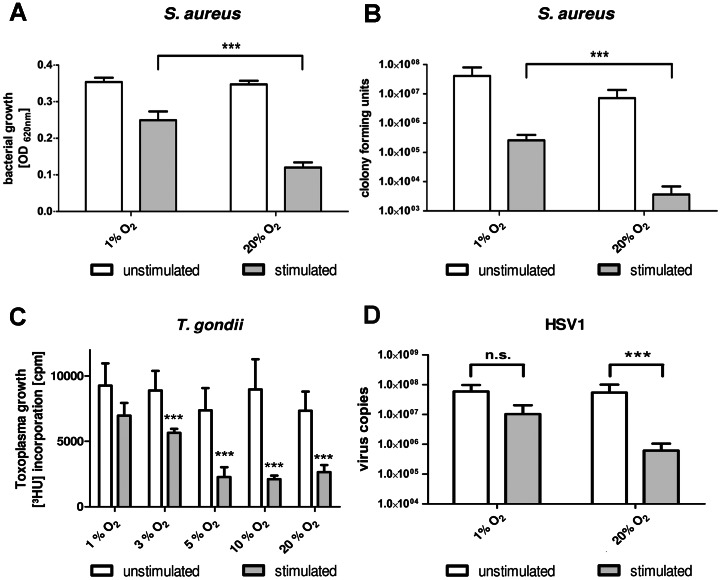Figure 4. IDO-mediated antimicrobial effect is lost under low oxygen concentrations.
(A) Growth of Staphylococcus aureus in supernatants of unstimulated or IFN-γ stimulated (500 U/mL) human fibroblasts, incubated for 72 h under different oxygen concentrations (1%–20% O2). Bacterial growth was determined 24 h after infection by optical density at 620 nm +/− SEM. (B) Proliferation of Toxoplasma gondii in HFF cells that have been pre-stimulated with 500 U/mL IFN-γ or not for 72 h under different oxygen concentrations (1%–20% O2). Then the cells were infected with the parasites and the Toxoplasma proliferation was determined after 48 h by the incorporation of 3H-uracil. (C) Replication of herpes simplex virus type 1 (HSV1) in pre-stimulated (500 U/mL IFN-γ or not) HFF cells that have been incubated for 72 h under normoxia (20% O2) or hypoxia (1% O2). After pre-stimulation cells were infected with HSV1 and viral replication was detected after additional 72 h via real-time PCR. A significant inhibition of bacterial, parasitic and viral growth, respectively, as compared to the stimulated normoxia positive control is marked with an asterisk (*), n = 3.

